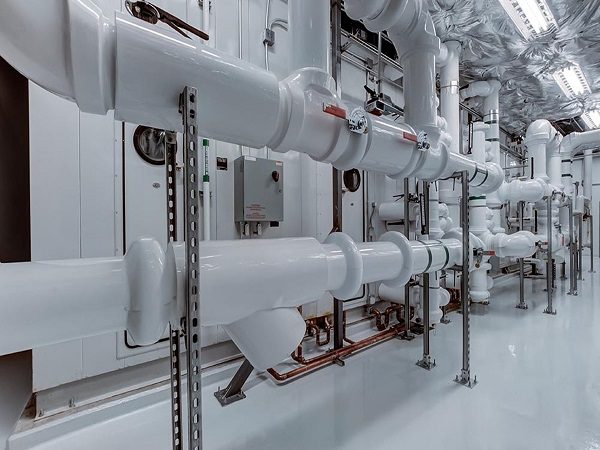Introduction
The pursuit of sustainable and environmentally friendly practices has become paramount. As we grapple with the consequences of climate change, industries across the spectrum are embracing green technologies to reduce their ecological footprint. One such sector making strides towards a greener future is plumbing, with the advent of innovative green plumbing technologies. This article delves into the realm of sustainable plumbing practices, exploring how these technologies contribute to a more environmentally conscious and efficient future.
The Imperative for Green Plumbing
Plumbing, an essential component of infrastructure, plays a crucial role in our daily lives. However, traditional plumbing systems often come with environmental drawbacks, including water wastage, energy consumption, and the use of non-renewable materials. Recognizing the urgency of addressing these issues, the plumbing industry has embraced green technologies as a solution to minimize environmental impact.
Water-Efficient Fixtures
One of the cornerstones of green plumbing is the integration of water-efficient fixtures. Traditional faucets, toilets, and showerheads often consume excessive amounts of water, contributing to both water scarcity and increased energy usage for water heating. Green plumbing technologies address this by incorporating low-flow fixtures that maintain functionality while significantly reducing water consumption. By opting for water-efficient fixtures, households and businesses can make a substantial contribution to water conservation efforts.
Smart Water Management Systems
The advent of smart technologies has revolutionized various industries, and plumbing is no exception. Smart water management systems leverage sensors and data analytics to monitor water usage in real-time. These systems can detect leaks, track usage patterns, and optimize water flow, thereby minimizing waste. Integrating smart water management into plumbing infrastructure not only conserves water but also contributes to energy efficiency by reducing the need for excessive pumping and treatment.
Greywater Recycling
Green plumbing goes beyond mere water conservation; it also addresses the responsible use of water resources. Greywater recycling is a sustainable practice gaining traction in plumbing systems. Greywater refers to gently used water from sources such as showers, sinks, and washing machines. By implementing recycling systems, this greywater can be treated and reused for non-potable purposes, such as landscape irrigation or flushing toilets. Greywater recycling not only reduces demand on freshwater supplies but also minimizes the environmental impact of wastewater disposal.
Energy-Efficient Water Heaters
Water heating accounts for a significant portion of energy consumption in households and commercial buildings. Green plumbing tackles this challenge by promoting the use of energy-efficient water heaters. Tankless water heaters, for instance, heat water on demand, eliminating the energy losses associated with traditional water heaters that maintain a constant temperature. Additionally, solar water heaters harness the sun’s energy to provide hot water, further reducing reliance on non-renewable energy sources.
Environmentally Friendly Materials
The choice of materials in plumbing construction is a critical factor in determining its environmental impact. Green plumbing emphasizes the use of environmentally friendly materials such as recycled steel, copper, and plastics. Moreover, the adoption of bio-based materials and sustainable manufacturing processes contributes to reducing the carbon footprint associated with plumbing infrastructure. By prioritizing eco-friendly materials, the plumbing industry can play a role in fostering a circular economy and reducing resource depletion.
Promoting Sustainable Practices
Beyond the implementation of green technologies, raising awareness and promoting sustainable practices is essential for a comprehensive shift towards eco-friendly plumbing. Education campaigns for homeowners, businesses, and plumbing professionals can highlight the benefits of green plumbing technologies and encourage their adoption. Moreover, incentivizing the installation of green plumbing systems through government initiatives and rebates can accelerate the transition towards a more sustainable future.
Conclusion
Green plumbing technologies offer a promising pathway towards a more sustainable and environmentally conscious future. By addressing water wastage, energy consumption, and material choices, these innovations contribute to mitigating the ecological impact of plumbing systems. Water-efficient fixtures, smart water management systems, greywater recycling, energy-efficient water heaters, and environmentally friendly materials collectively form the foundation of green plumbing practices. As we navigate the challenges posed by climate change, embracing these technologies is not just a choice but a responsibility—a step towards a greener and more resilient future. Through education, awareness, and widespread adoption, the plumbing industry can play a pivotal role in building a sustainable world for generations to come.































